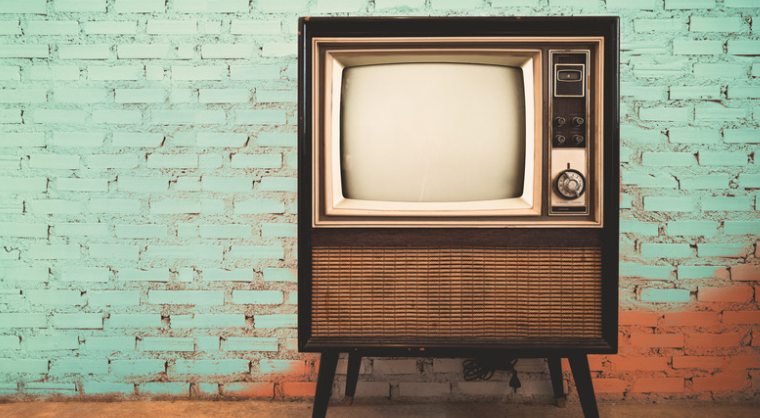A television aerial remains a vital component in receiving free-to-air broadcasts in many households. However, experiencing no signal on your TV can be frustrating, especially when you’re looking forward to your favorite programs. This guide provides comprehensive steps to troubleshoot and fix no signal issues with your TV aerial, ensuring minimal disruption to your viewing experience.
Understanding the Basics of TV Aerials
TV aerials capture over-the-air signals that allow your television to display various channels. Before diving into troubleshooting, it’s crucial to understand that several factors can affect signal quality. These include aerial type, location, installation quality, and external interferences.
The Role of Aerial Placement and Type
The position of your aerial affects the reception quality. Rooftop aerials generally receive the best signal, as they are the highest point on the building. Indoor aerials, while convenient, may not provide the same level of reception due to their lower positioning and obstacles like walls.
Installation Quality
Professional installation can significantly impact the effectiveness of your aerial. Proper alignment toward the signal transmitter, secure fittings, and the use of suitable cabling are essential for optimal performance.
Environmental and External Factors
Weather conditions, nearby trees, new constructions, and even faulty electrical appliances can interfere with signal reception. Identifying these factors is key to resolving signal issues.
Regular Maintenance Checks
To ensure consistent performance, regular checks on your aerial setup are advisable. Here’s how to conduct a maintenance overview:
Inspecting the Aerial and Cabling
Examine the aerial for any visible signs of damage, wear, or corrosion. Check all cabling for frays, kinks, or breaks, which could impair signal quality.
Assessing the Aerial Alignment
Make sure your aerial is pointing in the correct direction towards the nearest transmitter. Misalignment can occur due to harsh weather conditions or inadvertent bumps.
Connections and Continuity
Ensure all connections are tight and secure. Loose connections can lead to intermittent or no signal issues. Additionally, a continuity tester should be used to check the integrity of the cables.
Step-by-Step Troubleshooting Techniques
Follow these steps to identify and resolve the no signal issue:
Reset Your Television and Receiver
Begin by resetting your TV and any associated digital receivers or set-top boxes. This can resolve minor glitches in decoder settings or temporary reception interferences.
Check Signal Strength and Quality
Use your TV’s built-in signal strength meter to monitor both the signal strength and quality. Low numbers can indicate misalignment of the aerial or obstructions.
Scan for Channels
Re-scan for channels on your TV or receiver. Sometimes, broadcasters change frequencies; re-scanning will ensure your TV updates these changes.
When to Call a Professional
If basic troubleshooting doesn’t restore your TV signal, it may be time to call in a professional aerial installer.

Here are situations where expert help is necessary:
Persistent Poor Reception
If you consistently receive poor signal quality despite following troubleshooting steps, the issue may be with the aerial installation or a more complex technical fault.
Upgrading Your Aerial Installation
An expert can assess if your current setup is adequate for your location or if an upgrade to a more advanced aerial type would enhance signal reception.
Safety Concerns
Working at heights and dealing with electrical components can be hazardous. Professional installers have the necessary equipment and training to handle these challenges safely.
Advanced Solutions
In some cases, installing a signal booster or adopting a different type of technology, like satellite or cable TV, maybe the solution. Discuss these options with your aerial installer to determine the best choice for your specific needs.
Conclusion
Troubleshooting no signal issues with your TV aerial involves a systematic approach to identify and resolve the fault. Regular maintenance and being aware of environmental changes can prevent many signal disruptions. However, for persistent issues, relying on the expertise of a professional aerial installer is recommended.

By addressing no signal problems effectively, you can return to enjoying clear, uninterrupted broadcasts in your home.

